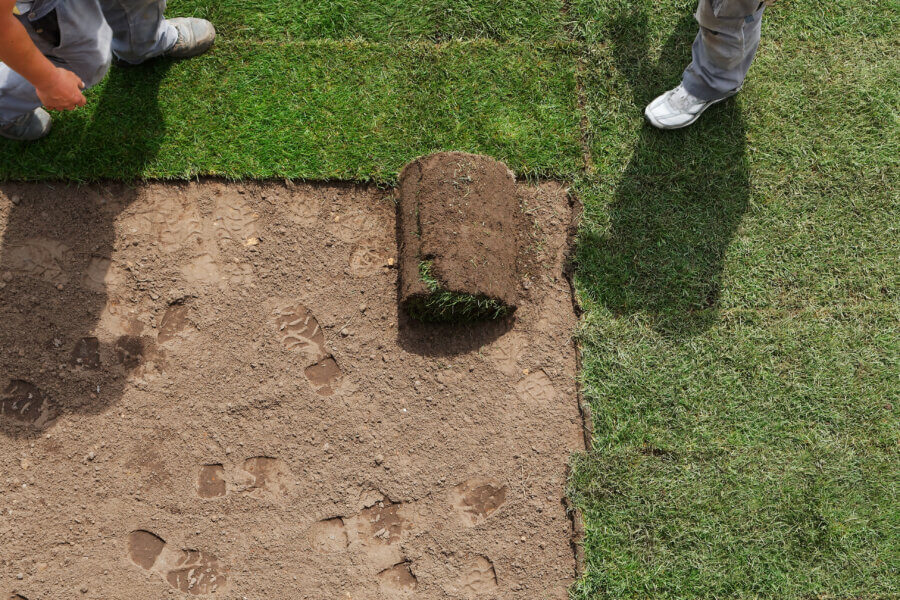
Sod Installation: Timing, Techniques, and Common Pitfalls to Avoid
Laying down fresh sod is a quick way to give your yard a makeover, delivering a lush, entire lawn in a single day. Of course, there is more to sod installation than simply laying down the sheets of grass.
Let’s take a closer look at what you need to know to give your sod the best chance of establishing successfully in the yard.
When to Install Sod in the Yard in Florida Climate
We are fortunate here in Florida to have an extensive growing season due to the warm weather. This means that you can successfully install sod at any time of the year. With some grass types that don’t go dormant, you can even plant in the middle of winter. That isn’t to say, though, that certain times of the year aren’t better than others.
The best time to install sod is during the spring, as this will give your grass all through spring, summer, and fall to establish itself before winter sets in. Fall is your second best option, as the weather tends to be mild. Although your lawn won’t grow much during the winter, you’ll have avoided the extreme heat of the summer, which can be stressful for new grass.
How to Complete Home Sod Installation Properly
When your sod arrives, you’ll want to lay it down within 24 hours of receiving it so that it doesn’t dry out. Because of the time constraints, it is best to prepare your sod site in advance so you aren’t scrambling to get everything done at the last minute. Start by removing rocks, twigs, weeds, and other debris from the site. You’ll also need to level out the soil to ensure a smooth surface for installing your sod.
It is also a good idea to have your soil composition tested. This can alert you to any need to adjust with fertilizers and other treatments. Your soil’s pH level and mineral content can also influence which grass varieties will have the best chance of thriving. Be sure to take soil composition into account when choosing your sod.
Once the site is prepared, you can lay out your sod. Pay special attention to the seams where two sod panels meet. You’ll want to ensure a fit is as close as possible without overlapping. Make sure that all sod pieces lay perfectly flat with no ripples.
Common Landscape Sod Installation Pitfalls
While sod installation is pretty simple, several common mistakes can harm your new lawn.
Not Preparing the Sod Site Properly
You don’t want to cut corners in preparing your yard for fresh sod. Rocks and other debris can get in the way of root growth, and any missed weeds can quickly sprout back as you water your new lawn. The last thing you want is to create more lawn maintenance work for yourself, so take the time to do a thorough job.
Over- or Under-Watering
New sod requires quite a bit of water to establish itself, but you don’t want to water too profoundly at once. When your sod is just beginning to take root, aim for frequent, shallow watering several times a week. After the first few weeks, you can reduce the frequency and increase the depth to support a more robust root structure.
Mowing Lawn Too Soon
A great thing about starting a lawn from sod is that you can take a break from lawnmower duty for a whole month. Mowing can strain your grass during its delicate establishment period, so wait at least four weeks before mowing to give your lawn a chance to get settled in. Afterward, you can return to mowing every week or two, depending on how fast your grass variety grows.
Arrange Your Home Sod Installation with Duda Sod
Here at Duda Sod, we have everything you need to start a lawn from sod and sod installation. Our sod experts can work with you to help you select the best sod type for your property’s needs. Whether you are looking for St. Augustine sod, Zoysia sod, Bahia sod, or any other kind of grass that grows well in Florida, our team can help you out. We can even arrange the installation if you’d prefer to do something other than do the labor yourself. Get in touch with us today to get started.